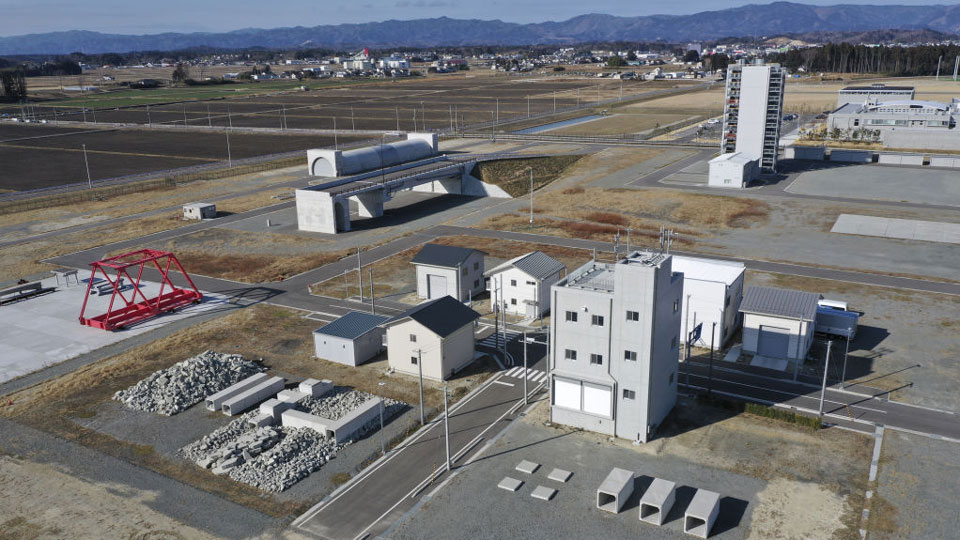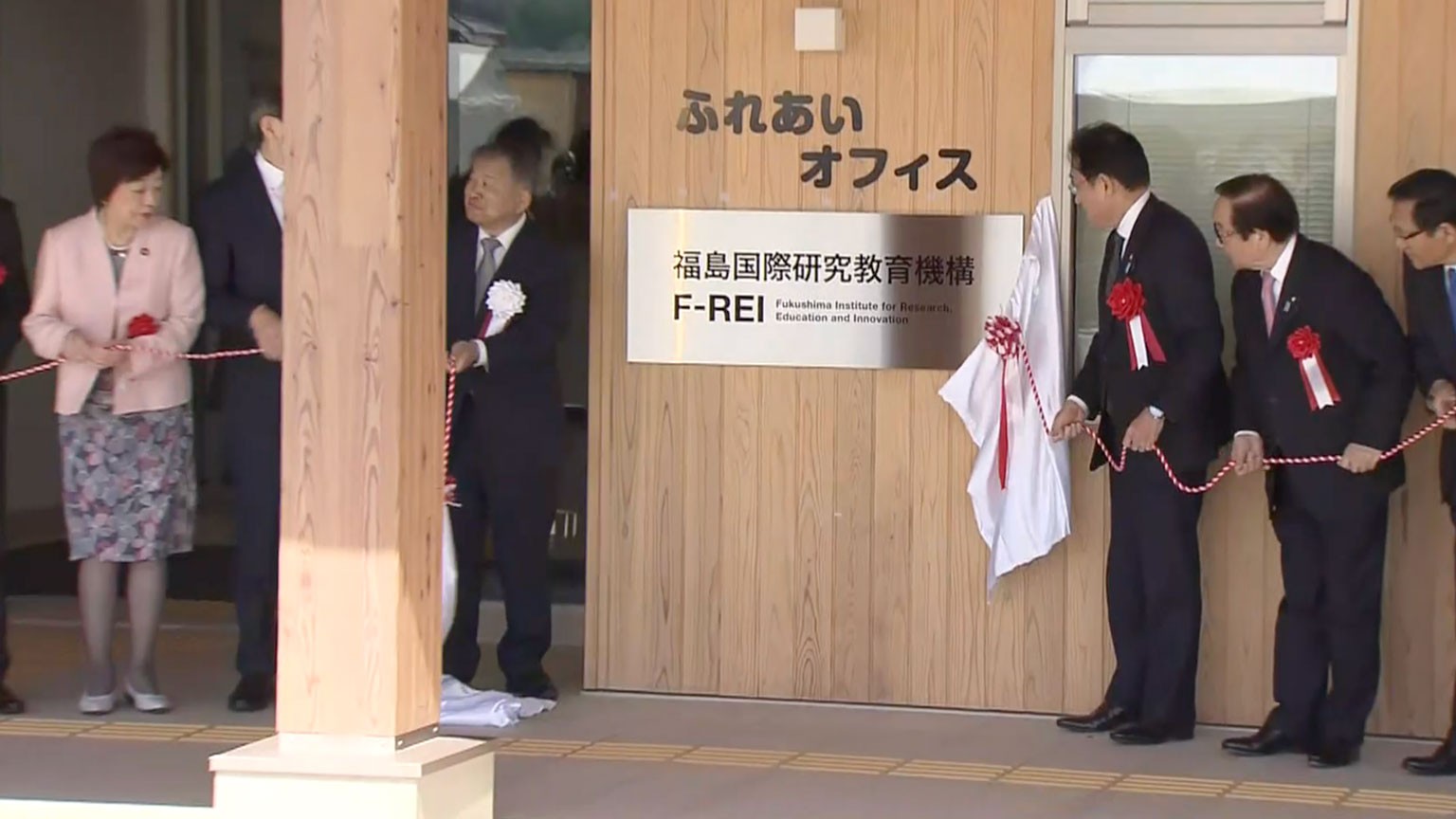Prefectural officials have established the Fukushima Robot Test Field in Namie Town and Minamisoma City near the crippled Fukushima Daiichi nuclear power plant.
The initiative is funded by a central government subsidy of about 15.6 billion yen, or 120 million dollars. Local officials say more than 70 robotics companies are now operating at 21 facilities across the area.

Namie is also now home to the Fukushima Hydrogen Energy Research Field — one of the world's biggest facilities of its kind. Officials are conducting real-world urban development trials using the low-carbon gas.
Promoting creative reconstruction
And in April, the central government opened the Fukushima Institute for Research, Education and Innovation, or F-REI. The facility, also in Namie, specializes in all manner of hi-tech sectors such as robotics, agriculture, energy and radiation science.
Officials describe it as a "center of excellence for creative restoration" — and they've given it a fittingly large purse. Investments will likely amount to about 700 million dollars over the next seven years.
Specialist themes range from new medicines to the industrial use of radiation, including the development of radiopharmaceuticals for cancer examinations.
And by studying how radioactive materials migrate into the environment and ecosystems, the researchers are turning Fukushima's tragic past into a positive for the future.
Automated agricultural technologies
As for agriculture, the researchers are finding ways to boost farm production using artificial intelligence and communications technology. They believe local producers can overcome Japan's labor shortage by deploying autonomous driving technologies and drones.
The potential for a major recovery is huge. Evacuation orders imposed right after the disaster put more than 17,000 hectares of farmland out of action. The central government began decontamination work in 2012, but farming had resumed on just 7,370 hectares by the end of fiscal 2021.



